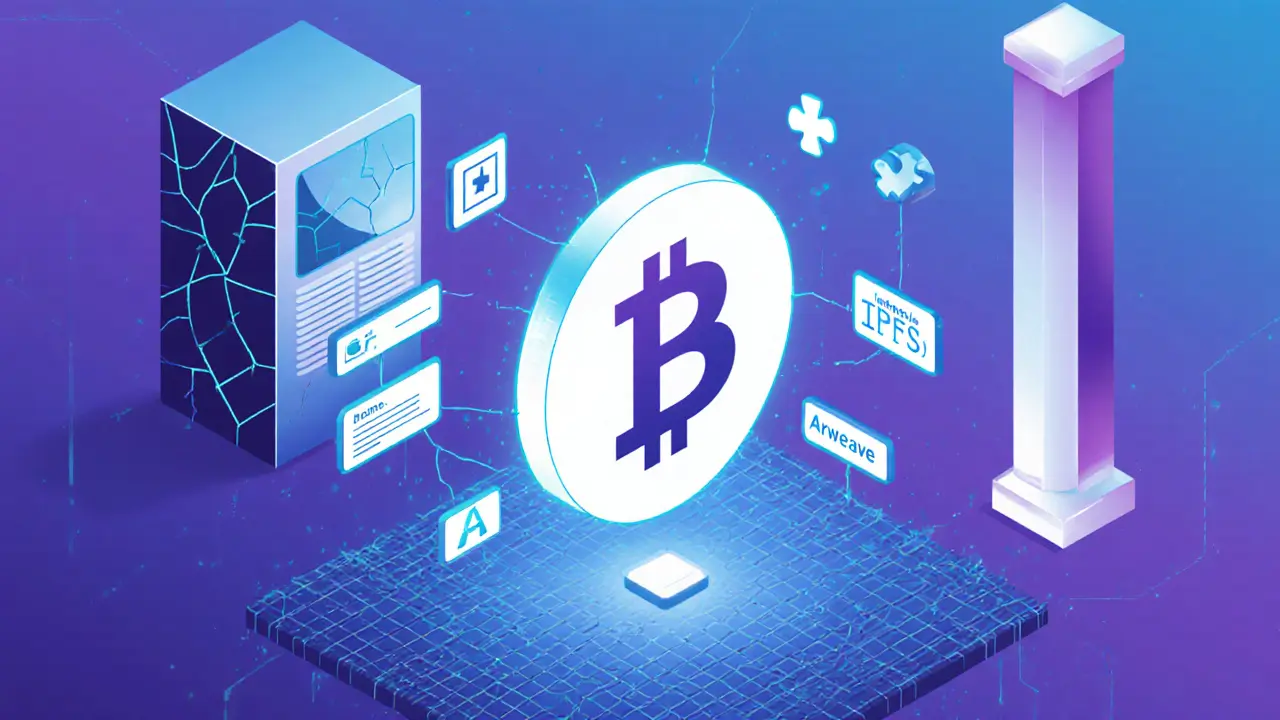NFT structure: How non-fungible tokens are built and why it matters
When you buy an NFT, a unique digital asset stored on a blockchain that proves ownership of something like art, music, or virtual land. Also known as non-fungible token, it’s not just a picture—it’s a digital deed with rules built into it. Most people think NFTs are just JPEGs you can right-click and save. But that’s like thinking a house is just a photo of its front door. The real value lives in the NFT structure, the underlying code, metadata, and smart contract that define what the token represents and how it behaves.
The core of any NFT is its smart contract, a self-executing program on the blockchain that enforces rules like who owns it, how it can be transferred, and whether royalties are paid to the creator. This contract lives on Ethereum, Solana, or another chain, and it’s what stops someone from just copying your NFT and selling it as the original. Then there’s the NFT metadata, the data file that holds the name, description, image URL, and other attributes tied to the token. If that metadata breaks—say, the image host goes down or the file gets deleted—the NFT becomes a blank entry. That’s why some NFTs turn into dead links while others stay valuable: it’s not the art, it’s the structure holding it together.
Not all NFTs are built the same. Some follow open standards like ERC-721 or ERC-1155, which make them compatible with wallets and marketplaces. Others are custom-coded, locked to one platform, or even fake—built just to trick buyers into thinking they own something rare. The best NFTs have transparent contracts, permanent metadata storage (like IPFS), and clear royalty rules. The worst? They rely on centralized servers, hidden fees, or no real ownership transfer at all. That’s why you’ll find posts here digging into NFTs that vanished overnight, platforms that claimed to protect ownership but didn’t, and tokens that looked like art but were just code with no substance.
Understanding NFT structure helps you spot the real from the fake. It tells you why some NFTs hold value years later while others crash to zero. It explains why some creators earn royalties forever, and why others get ripped off. Below, you’ll find real cases—some successful, most cautionary—where the NFT structure made all the difference. No fluff. Just what actually works, what breaks, and what you need to check before you buy.
NFT Metadata Standards and Structure: What You Need to Know to Avoid Losing Your Digital Assets
NFT metadata is the hidden data that gives your digital asset its identity, image, and traits. Learn the essential fields, storage methods, common mistakes, and how standards like ERC-721 and Metaplex shape NFT value today.
learn more